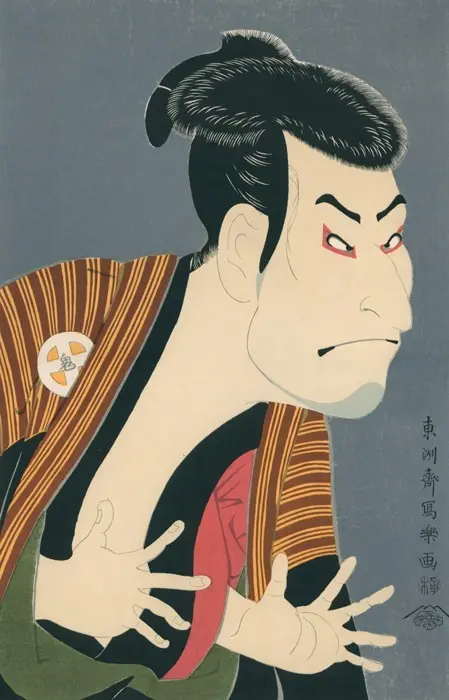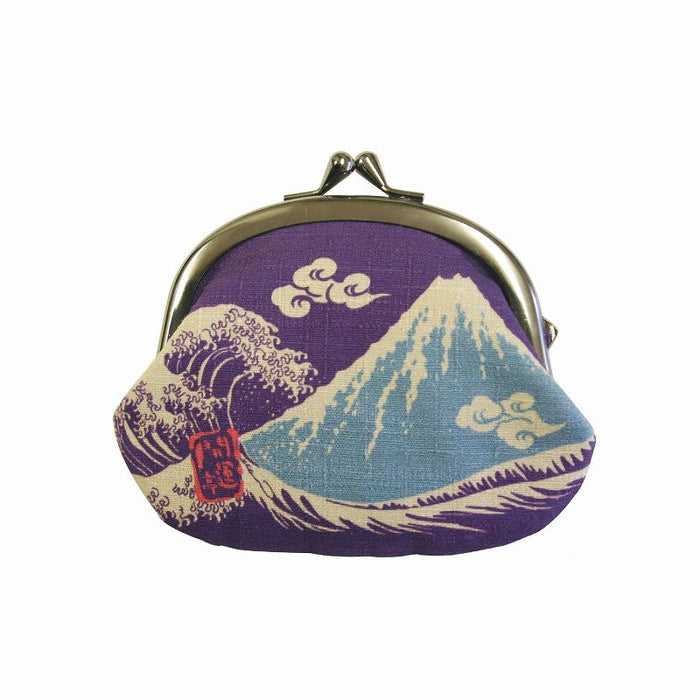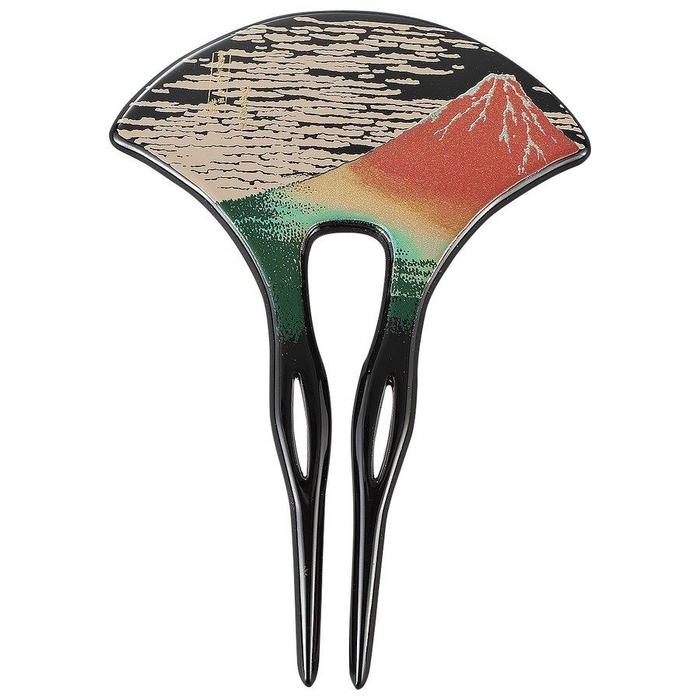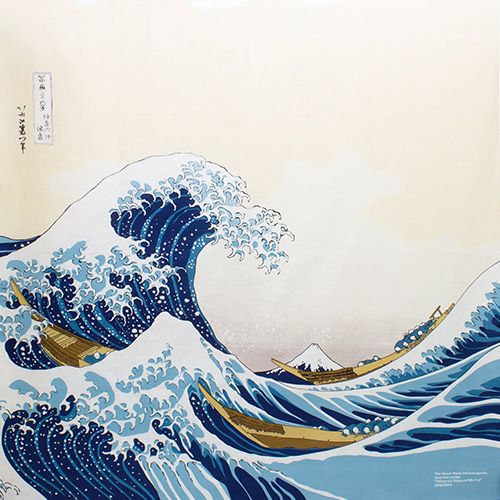Thirty-six Views of Mount Fuji: The Timeless Masterpiece of Hokusai
The „Thirty-six Views of Mount Fuji” (Fugaku Sanjūrokkei) is one of the most iconic Japanese ukiyo-e woodblock print series, created by the legendary artist Katsushika Hokusai in the early 19th century. This breathtaking collection, originally consisting of 36 prints (later expanded to 46), captures Japan’s most famous mountain, Mount Fuji, from various perspectives, seasons, and times of day.

The Story Behind the Thirty-six Views of Mount Fuji
Hokusai, a master of ukiyo-e (pictures of the floating world), created this series between 1830 and 1832, during the late Edo period. At the time, Japan was undergoing significant economic and social transformations, with a growing appreciation for travel, nature, and landscape art. Inspired by these shifts, Hokusai embarked on a journey to depict Mount Fuji, which held deep spiritual and cultural significance in Japan, symbolizing immortality and enlightenment.
The series was revolutionary, as it broke traditional ukiyo-e norms that primarily focused on portraits of kabuki actors and courtesans. Instead, Hokusai pioneered landscape prints, paving the way for future generations of artists and influencing Western Impressionists like Claude Monet and Vincent van Gogh.
Iconic Prints from the Series
Among the Thirty-six Views of Mount Fuji, several prints have gained worldwide recognition, becoming cultural symbols of Japan:
1. The Great Wave off Kanagawa (Kanagawa-oki Nami Ura)
Arguably the most famous Japanese artwork in history, „The Great Wave off Kanagawa” portrays a massive wave towering over small boats, with Mount Fuji in the background. The contrast between the power of nature and human fragility makes this print a masterpiece of composition and movement. Its influence can be seen in modern art, fashion, and design across the globe.
2. Fine Wind, Clear Morning (Gaifu Kaisei)
Also known as „Red Fuji”, this print captures Mount Fuji during early morning hours in autumn, bathed in a striking red hue. It symbolizes harmony between nature and time, with delicate cloud formations and a sense of tranquility.
Interesting Facts about Thirty-six Views of Mount Fuji
Hokusai was over 70 years old when he began working on this series, proving that age is no barrier to artistic genius.
The prints were originally created using traditional Japanese woodblock printing techniques, requiring collaboration between the artist, engravers, and printers.
The series was so successful that Hokusai expanded it to 46 prints, adding 10 more landscapes featuring Mount Fuji.
Hokusai considered Mount Fuji a source of spiritual inspiration, believing that dedicating his art to the sacred mountain would grant him longevity and artistic mastery.
The distinctive Prussian blue pigment (bero-ai) used in the series was a newly introduced color at the time, giving the prints their vivid and lasting vibrancy.
Where to Find Hokusai’s Legacy Today
The Thirty-six Views of Mount Fuji remains one of the most celebrated collections in art history, displayed in museums worldwide, including the Tokyo National Museum, the British Museum, and the Metropolitan Museum of Art in New York.
Own a Piece of Japanese Art – Hokusai-Inspired Products at Wabi-Sabi Store
Coin purse with „The Great Wave off Kanagawa” – A stylish and practical way to carry your essentials with an artistic flair.
Hairpin with „Fine Wind, Clear Morning” – A stunning accessory inspired by Hokusai’s serene depiction of Mount Fuji.
What is Ukiyoe?
Ukiyo-e (浮世絵) is a traditional Japanese art form that flourished during the Edo period (1603–1868). The term means "pictures of the floating world" and refers to a genre of woodblock prints and paintings that depicted scenes of urban life, beautiful women, kabuki actors, sumo wrestlers, landscapes, and historical or mythological subjects.
Key Features of Ukiyo-e:
Woodblock Printing: Most ukiyo-e artworks were created using a multi-step woodblock printing process, allowing for mass production.
Themes: Common themes included courtesans, kabuki actors, scenic landscapes, samurai legends, and folklore.
Famous Artists: Notable ukiyo-e artists include Katsushika Hokusai (famous for The Great Wave off Kanagawa), Utagawa Hiroshige (renowned for his landscape prints), and Kitagawa Utamaro (specialized in portraits of beautiful women).
Influence and Legacy:
Ukiyo-e played a major role in shaping Japanese popular culture during the Edo period.
It influenced Western art movements, particularly Impressionism, through Japonisme in the 19th century.
Modern Japanese prints, manga, and anime have roots in ukiyo-e aesthetics.
















![Biore Aqua Rich Tone Up UV Essence Sunscreen – Lavender Color 70g [With alcohol]](http://wabisabi-store.jp/cdn/shop/files/4901301416278.jpg?v=1739256211&width=1)

![Biore UV Aqua Rich - Sunscreen essence SPF50+ / PA++++ 70g [With alcohol]](http://wabisabi-store.jp/cdn/shop/files/y-lohaco_hk42790_1_d_20230526181003.jpg?v=1712456020&width=1)
![Biore UV Aqua Rich - Sunscreen gel SPF50+ / PA++++ 70g [With alcohol]](http://wabisabi-store.jp/cdn/shop/products/y-lohaco_hk42791_1_d_20221220181411.jpg?v=1712456074&width=1)
![Biore Athlizm Protect Essence SPF50+ PA++++ 70g [With Alcohol]](http://wabisabi-store.jp/cdn/shop/files/7145QXU7AWL._AC_SL1500.jpg?v=1739603881&width=1)